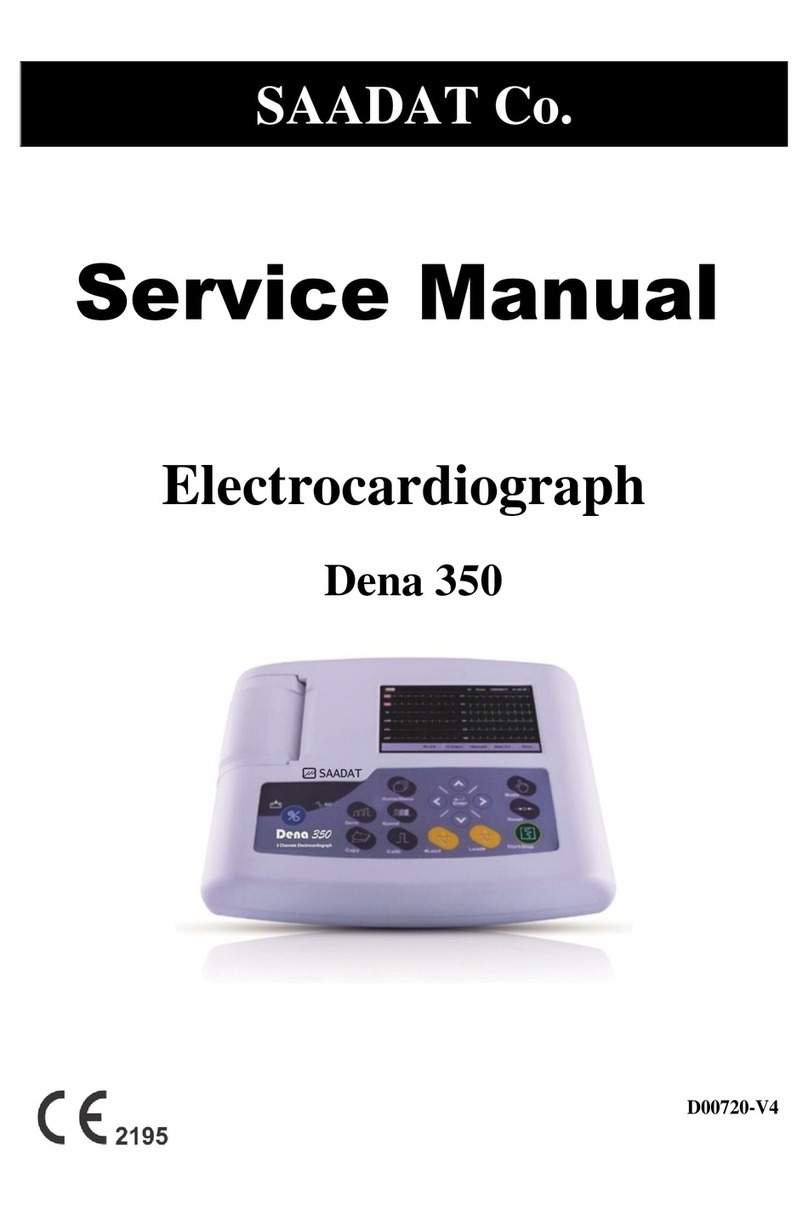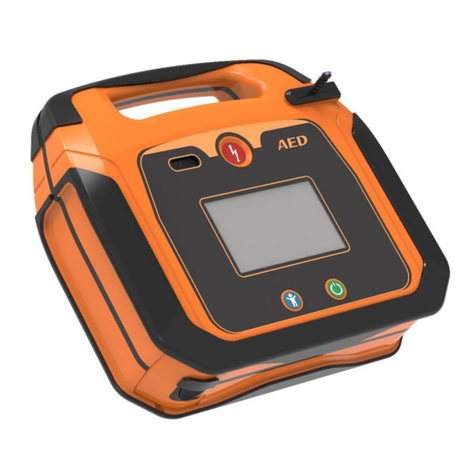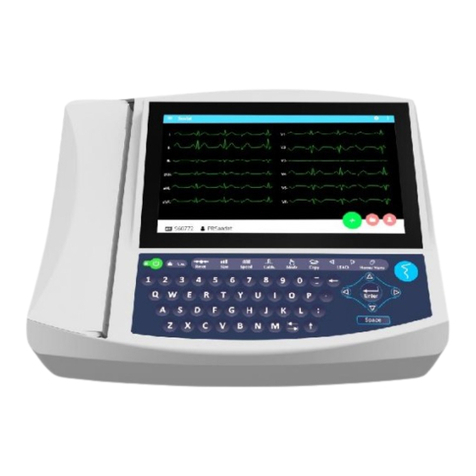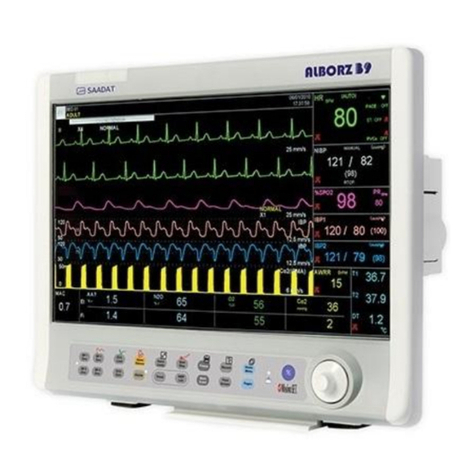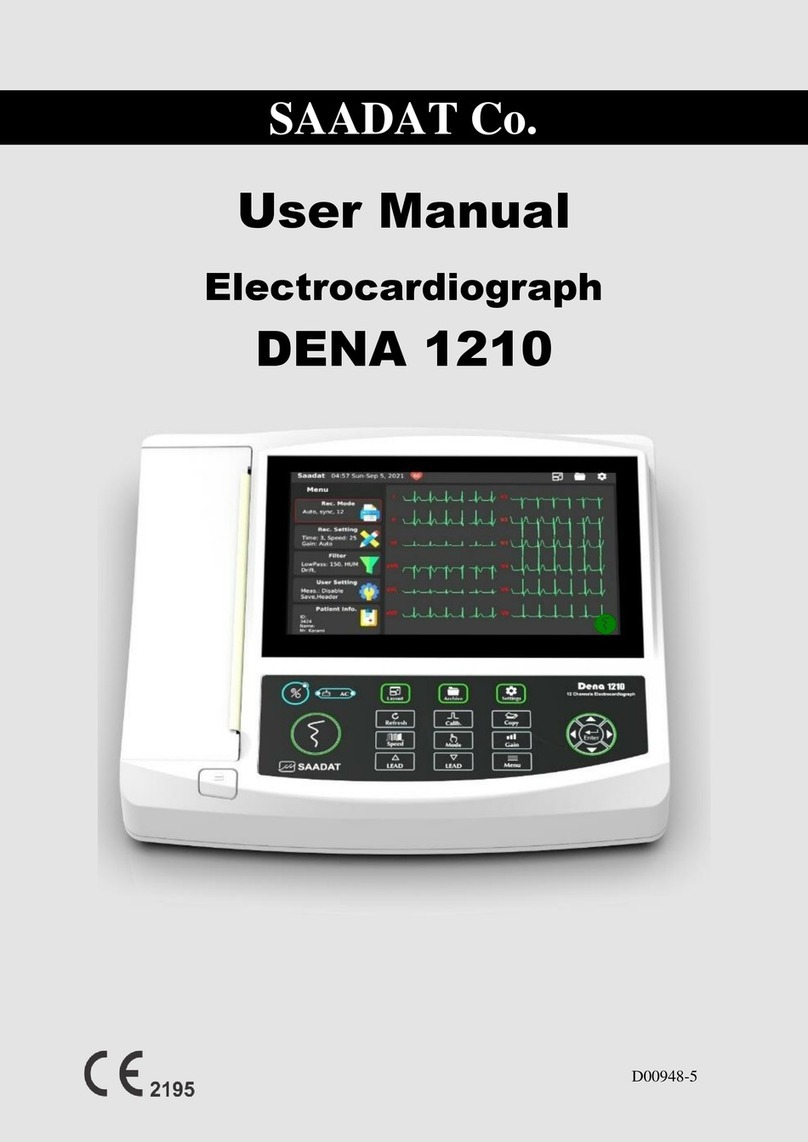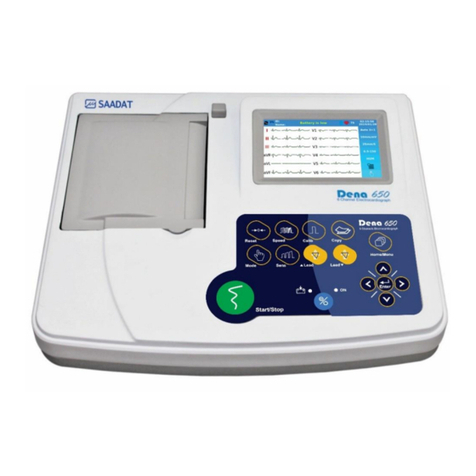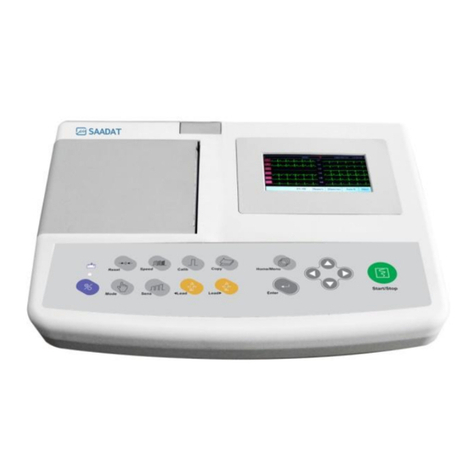7
Tabel of Contents
1-Introduction .............................................................................................................................................9
1-1 Device description and intended use...............................................................................................9
1-2 Contraindications.............................................................................................................................9
1-3 Side effects.....................................................................................................................................10
1-4 Warnings and safety information ..................................................................................................10
1-5 Device Labels and Symbols ............................................................................................................13
1-6 Guarantee and responsibilities ......................................................................................................15
1-7 Contents list of Technical Manual..................................................................................................16
2- Overview of Respina P1 Ventilator ........................................................................................................17
2-1 Front View......................................................................................................................................17
2-2 User interface.................................................................................................................................18
2-3 Accessories.....................................................................................................................................18
2-4 Note................................................................................................................................................20
2-5 Touch Screen..................................................................................................................................20
3- Ventilator preparation for use ...............................................................................................................21
3-1 AC Mains Supply.............................................................................................................................21
3-2 Battery............................................................................................................................................21
3-3 Air and Oxygen Supply ...................................................................................................................21
3-4 Patient Breathing Circuit................................................................................................................22
4- Operation ...............................................................................................................................................24
4-1 Use of the Ventilator......................................................................................................................24
4-2 Standby Key....................................................................................................................................24
4-3 100% O2 Key ..................................................................................................................................25
4-4 Manual Key.....................................................................................................................................25
4-5 Alarm Silence Key...........................................................................................................................26
4-6 Home key .......................................................................................................................................26
5- The Ventilator Setting ............................................................................................................................27
5-1 Turning on the Ventilator...............................................................................................................27
5-2 Patient Option................................................................................................................................29
5-3 Calibration......................................................................................................................................30
5-4 Settings...........................................................................................................................................30
5-5 Main Screen ...................................................................................................................................32
5-6 Monitoring .....................................................................................................................................33






